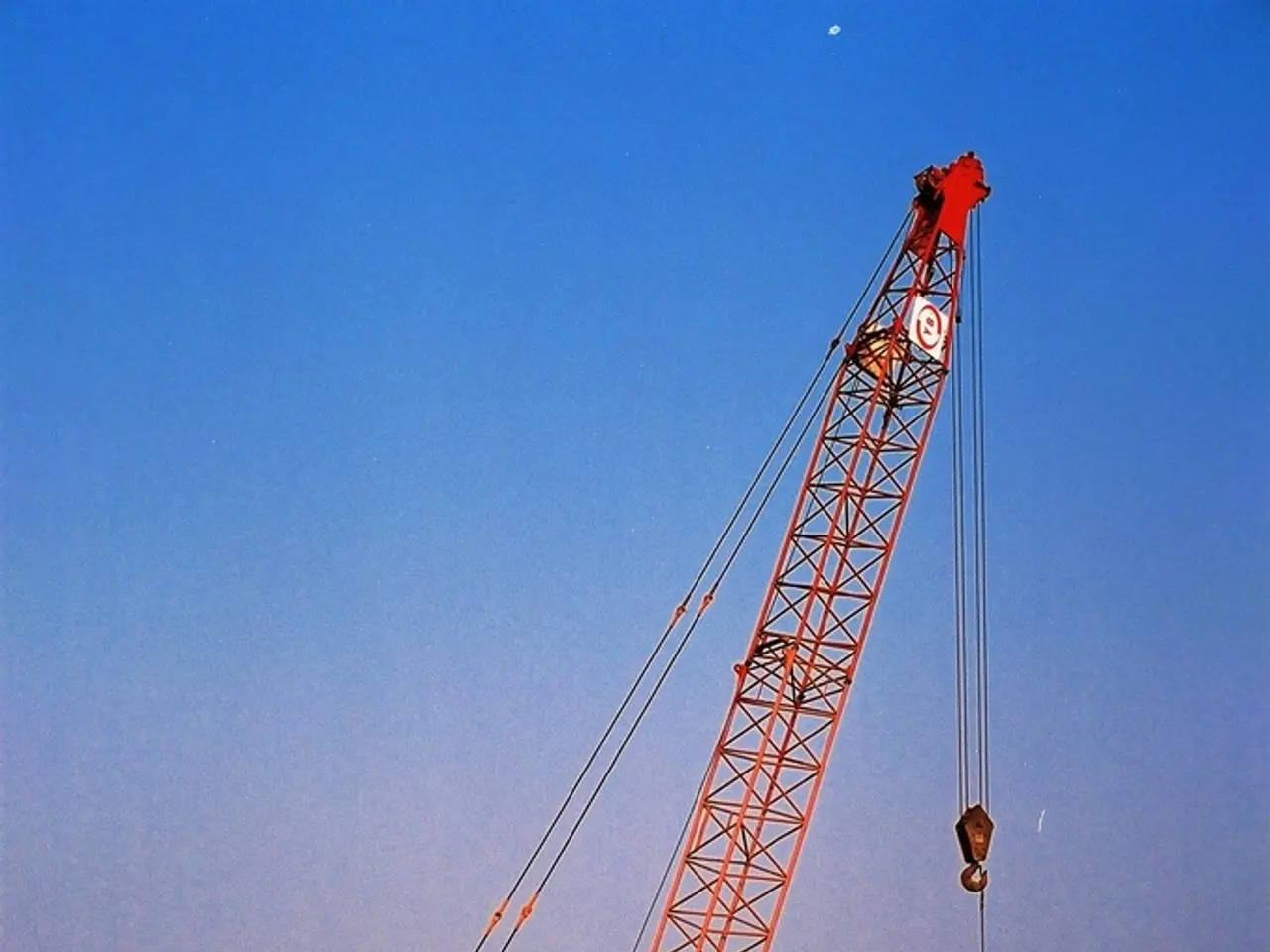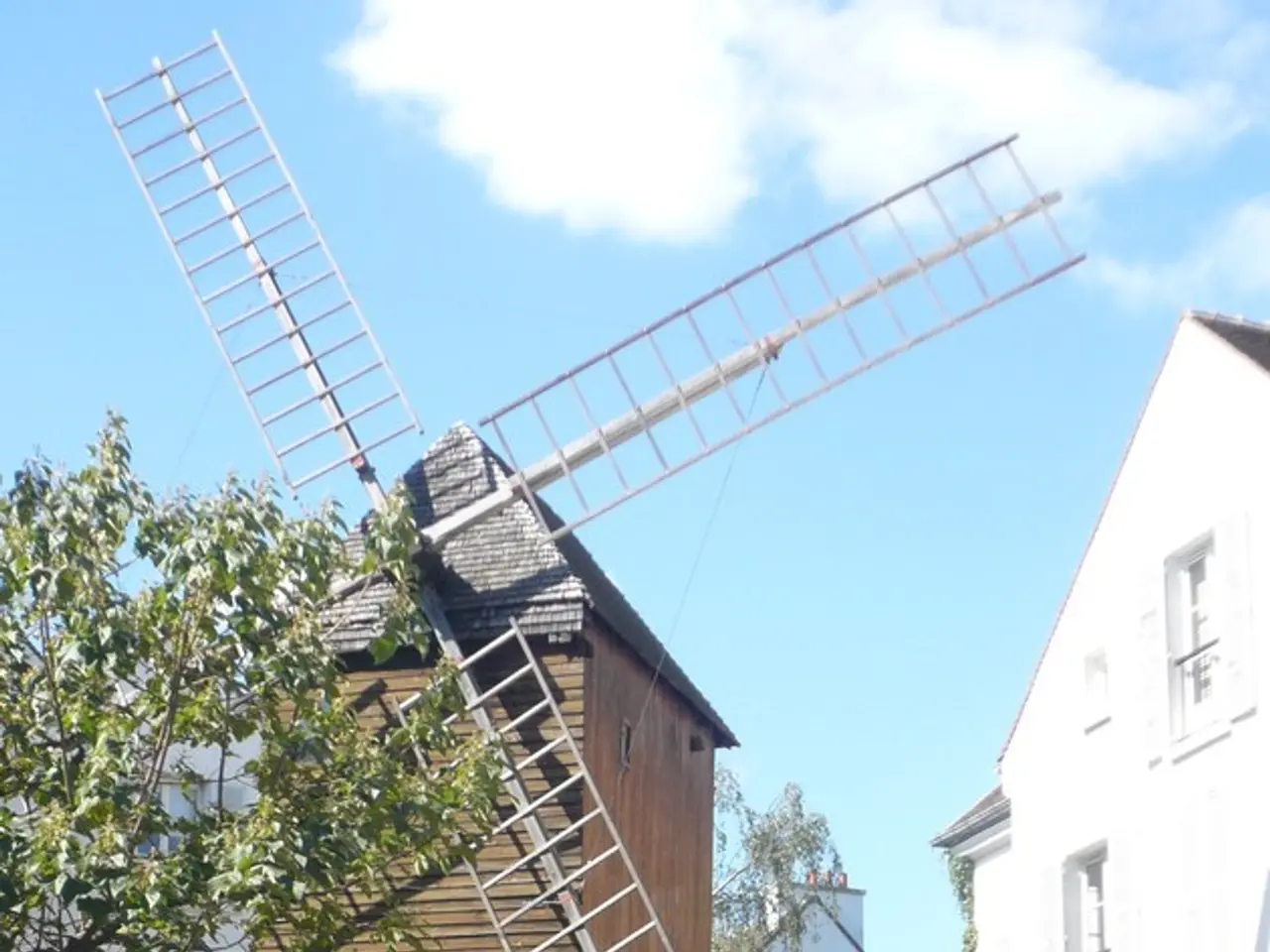Trump Administration Halted Development of the 1000MW Lava Ridge Wind Project in Idaho
In a significant move, the Trump administration has canceled the Lava Ridge Wind Project in Idaho, citing crucial legal deficiencies in the approval process during the Biden administration. The Interior Department highlighted that the approval process ignored certain statutorily binding criteria.
The Lava Ridge Wind Project, a 1,000-megawatt, 231-turbine venture, was initially approved by the Biden administration in December 2024 on approximately 57,447 acres of Bureau of Land Management land in southern Idaho. However, the project's approval was not without controversy.
Initially, the project proposed even more turbines (400 turbines up to 740 feet tall on 73,000 acres), but this was scaled back before its approval. The project faced opposition over environmental and legal concerns, with critics calling it "irresponsible" and harmful.
The Trump administration's Interior Department launched a review after taking office in 2025, concluding that the Biden approval process was legally deficient and prematurely granted special treatment to the project. On August 6, 2025, the Trump Interior Department officially terminated the wind farm project to protect taxpayer interests, rural Idaho communities, and public lands.
The cancellation of the Lava Ridge Wind Project is significant as it would have been one of the most powerful wind farms in the U.S. had it been completed. The project was located near the Minidoka National Historic Site, a location where Japanese Americans were incarcerated during World War II, which led to widespread opposition.
The cancellation follows a federal review initiated by President Trump's executive order halting all wind energy permitting nationwide. The Lava Ridge Wind Project's cancellation was commented on by Interior Secretary Doug Burgum, who stated that it safeguards taxpayer interests and averts one of the largest, most poorly sited wind developments in the country.
The project's history dates back to 2021 when Magic Valley Energy, a subsidiary of LS Power, initiated planning for the Lava Ridge Wind Project in south-central Idaho, proposing up to 400 turbines generating over 1,000 MW. After public pushback, the Bureau of Land Management (BLM) reduced the scope of the project to 241 turbines.
The BLM's final environmental impact statement in June 2024 proposed a reduced project area, with the nearest turbine set at least nine miles from the Minidoka site. On December 9, 2024, the BLM approved the revised Lava Ridge Wind Project, but this was overturned by the Trump administration's cancellation in August 2025.
The Trump Administration's opposition to wind power generation led to the Empire Offshore Wind Project being put on hold for a month before it was permitted to continue. The Lava Ridge Wind Project's cancellation and the review of wind energy permitting policies under the Trump administration mark a shift in the nation's approach to renewable energy development on public lands.
- The cancellation of the Lava Ridge Wind Project, a 1,000-megawatt venture initially approved during the Biden administration, reportedly due to legal deficiencies, could have significant implications for renewable-energy development in the United States.
- The project's cancellation, following a review by the Trump administration's Interior Department, resulted in the protection of taxpayer interests, rural Idaho communities, and public lands, but critics argue that it hampers the transition towards clean and sustainable energy.
- The fate of the Lava Ridge Wind Project, initially proposed with 400 turbines, was a contentious issue, with environmental science experts and the industry debating the project's potential impacts on the environment and surrounding landmarks, such as the Minidoka National Historic Site.
- The wind farm's proposed location, near the Minidoka site, generated strong opposition, focusing on the environmental impact and the historical significance of the site. The project's cancellation could influence future policies in environmental-science sectors and finance when it comes to renewable-energy infrastructure construction on sensitive grounds.




